Artist Tips: The Mole
The Berlin-based Canadian offers some sampling secrets used on his latest LP.

Colin de la Plante (a.k.a The Mole) recently dropped a new LP, titled De La Planet. The 11-track release is the latest addition to a quite brilliant discography that features a long and colorful list of releases—for labels like Perlon, Ostgut Ton, Slices of Life, Haunt, Musique Risquée, New Kanada, Internasjonal, Maybe Tomorrow, and longtime home Wagon Repair.
De La Planet was the Berlin-based Canadian’s third-full length, following on from Caregiver, which dropped just over four years ago. Expertly produced and energetic, the LP remained true to this ethos but felt distinctly new, too. As far as processes go, we were told that sampling was heavily used: much of the material came from “tapping into his enormous reservoir of vinyl and sampling the odd film” which “acted as a complement to the jaw-dropping arsenal of synthesizers” at de la Plante’s disposal. To support the album, The Mole kindly offered to reveal some of the key tips and tricks that he used.
“I want this group of tips to be named “Everything I Learned About Sampling, I Learned from Hip-Hop.”—The Mole
Sample in Mono for Extra Punch
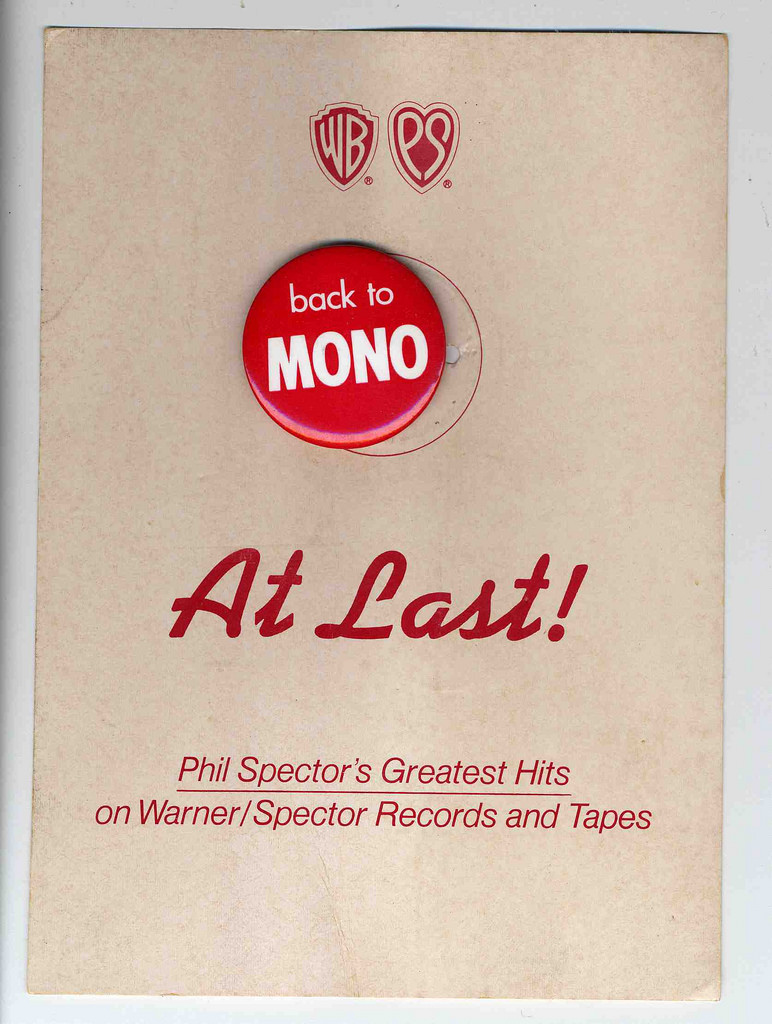
I read an interview with De La Soul where they were talking about techniques used in one of their early albums. I can’t remember who was talking but they mentioned most of their samples were in mono; they were only in stereo when they liked a certain effect. This made so much sense to me. Save space. Get some extra “punch.” Phil Spector and [Brian] Wilson were also advocates.
Most of the clubs that I went to when I was young were also mono. So even if my record was in glorious stereo, when I played it at the club, it would get munched down. Also, my first sampler didn’t have much memory ram space. Every bit was precious. I even used lower bit rates on the s900 to economize. Which turns out to have a similarly “punchy” effect.
These days I still record most samples in mono, adding stereo effects and imaging later.
Stack Layers and Layers and Layers
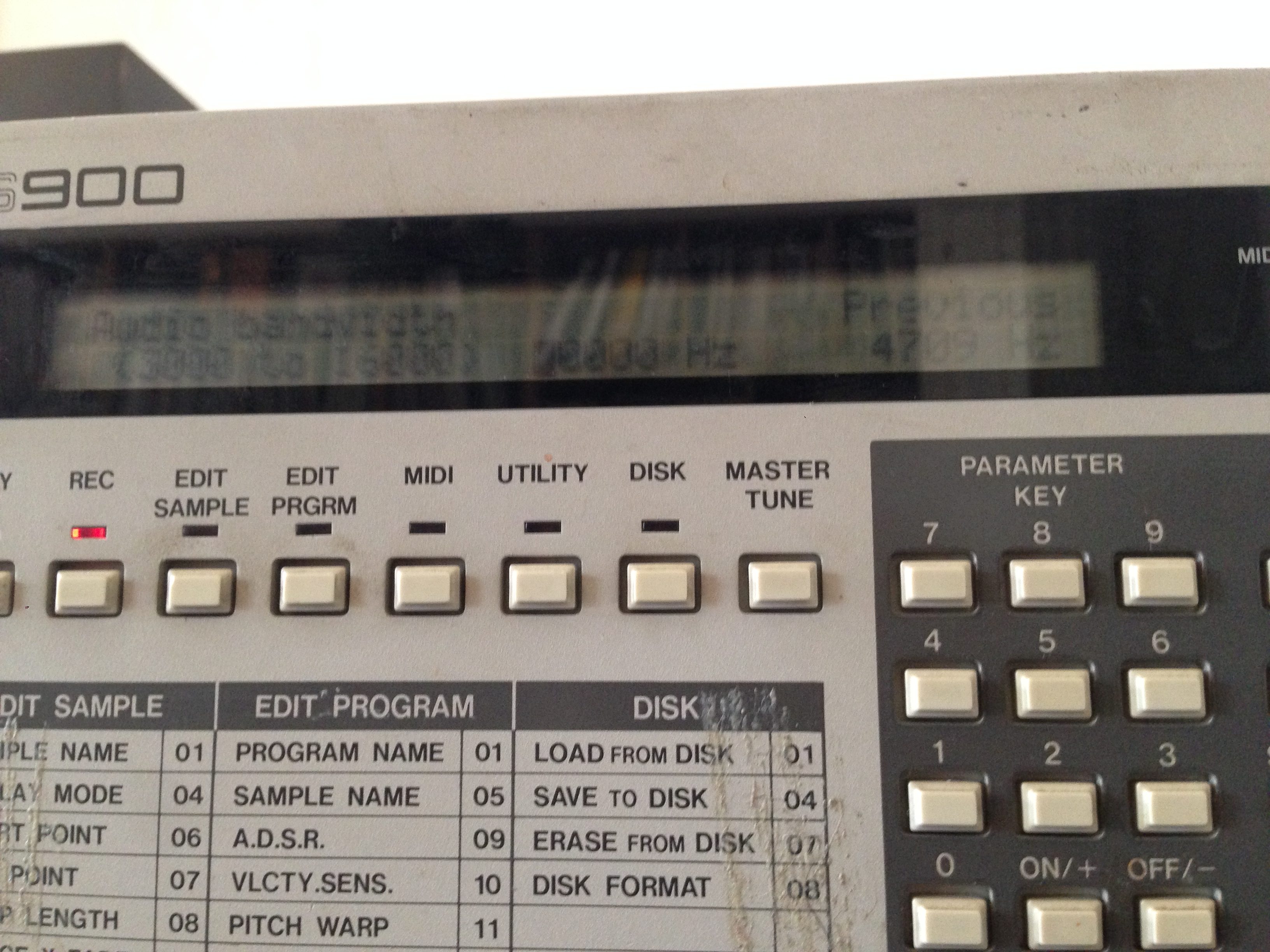
All I can say is Public Enemy. I used to always wonder how they got the density in their sound. Why was it so unique? And then I saw Hank Shocklee explain in his Red Bull talk how their 808 kick wasn’t an 808 at all; rather it was the sine wave that is the default startup or initial sound on the Akai S900/950 with various sounds layered on top. In effect, this recreated an 808-like kick.
Again this resonated so much with me. I still make most of my drums, and synths, hell almost everything, out of tons of layers. The clap is never just one clap sound. And when all those claps live in different parts of the spectrum and space, when they all move slightly differently, the simplest parts really come to life.
On the album, the hi-hat on “One-Sided Fool” is actually three unique samples blended and triggered together. The clap of “Sandwich Time is Coming” is the same story: three or four sounds triggered at the same time.
Sample Space
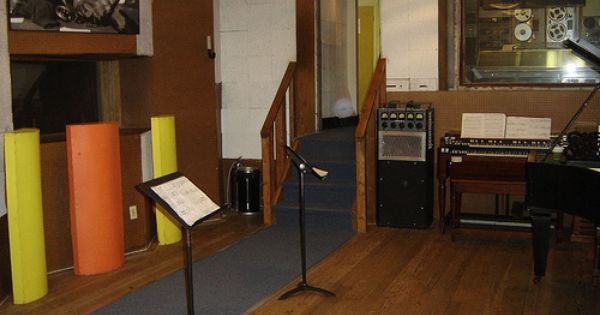
I got this one from a DJ Shadow interview. He said he sampled the quiet spaces between the drum breaks, and he used those “spaces” to fill his own patterns. I like to think of it as adding breadth. It also adds some of that sound, that rarified air that is in the studio. And in the case of sampling from vinyl, considering the needle acts as a pickup (think of the feedback), it adds a little bit of home too.
This is a tough one to illustrate, but the way the drums are pumping against each other in “So What, Don’t You” is a good example of this: one’s space pumps the other’s accent. It’s even more subtle on “River Highways Intro.” They say the devil lives in the details. I think this also means the beauty lies in the subtlety.
Use Any Means Necessary
This tip comes from everywhere. Remember when everyone was shocked that Madlib used the Sp-303 for an entire album? Or when Matthew Herbert used only samples from his body, or Dave Aju used only his voice? In the end, it’s all about originality. By any means necessary.
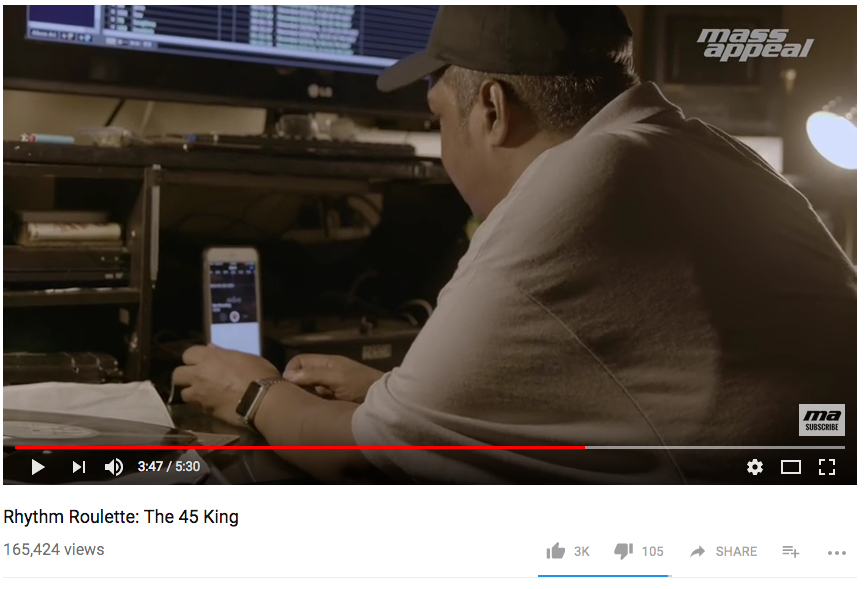
I love the way Madlib put it: “If I’ve got to, I’ll hook my shit up to the TV.” I love it!
I think one of the best moments was watching The 45 King sing his hi-hat part into his phone for his Rhythm Roulette piece. That and the day I asked Howie B what was the equipment he needed to take on the road with him. I think he was recording in China, and I was thinking he’d say some mic or compressor, something essential. Badass that he is, he just leaned way back and pointed his thumbs at his chest. He’s the essence. You are your own limit. Not the equipment you don’t have. Not the studio or skills or money or fame. YOU! Sample from Twitter. Who cares so long as you flip it nice.
To give an example, there are samples of Jake the Dog‘s real father from Adventure Time in “Soft Translation.” I sampled these with my phone’s voice recorder. I was playing the cartoon on my laptop. I emailed the samples to myself and converted them with Sound Forge.
EQ your Damn Samples
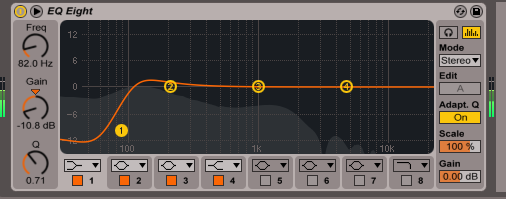
This one goes out to Cristobal. EQ your damn samples! Take out that rumbly ass low frequency content and leave some room for the kick and bass line. Sometimes I can hear myself stomping around the room in some samples. It’s just sub bass, but it doesn’t need to be in there. Shelf that shit!
I do this with nearly all my samples. Immediate example: all three of the first sounds in “Soft Translation” have hard low cuts on them. All between 180-200hz.
There is Something in Everything
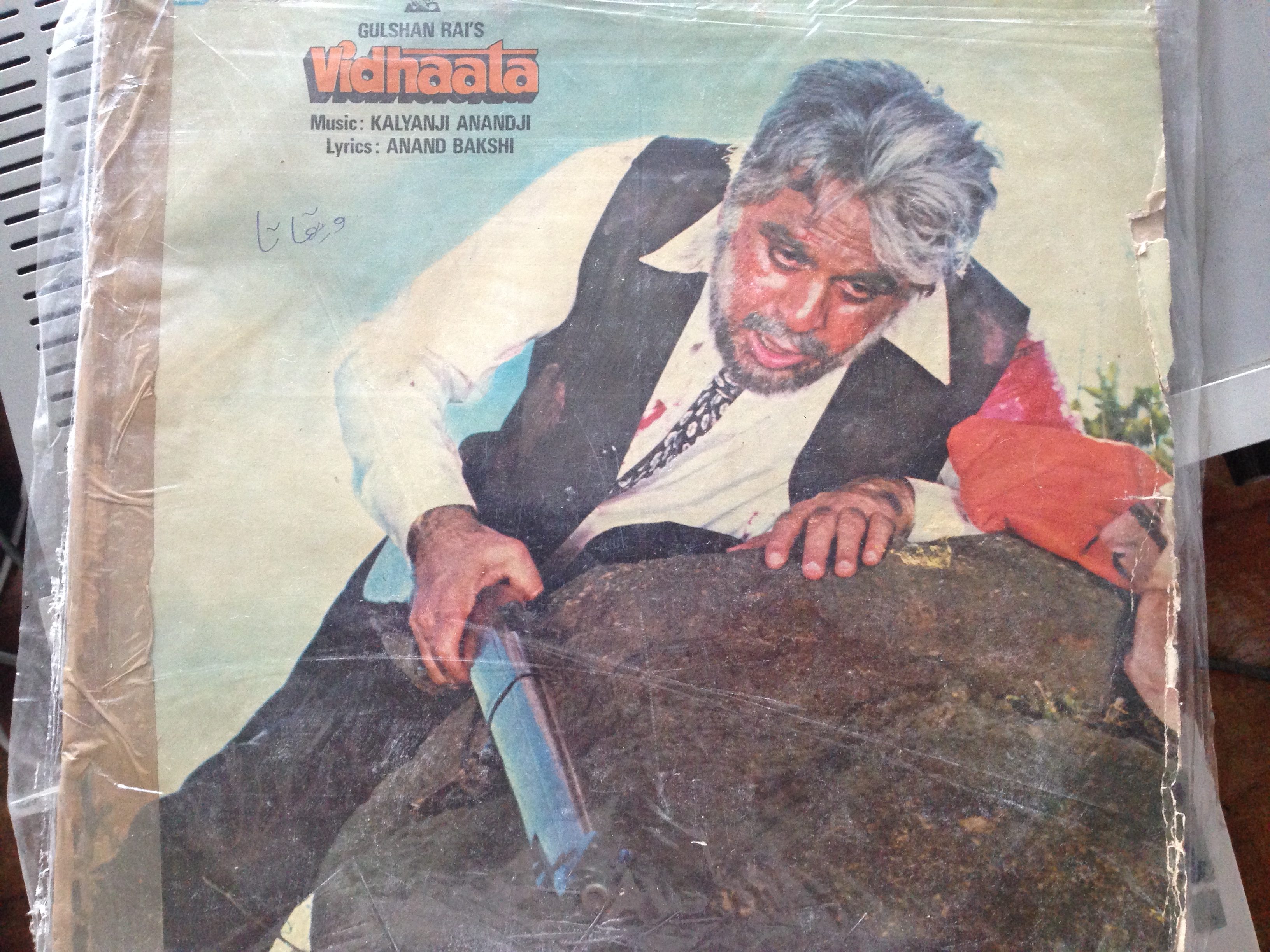
Remember this: there is something in everything.
I have friends who listen to a part of a terrible record, terrible music, and say, “Nope, nothing in there.” But honestly, that’s where I find some of my best stuff: in the worst records. There’ll be some gems hiding in there. Maybe I’m wasting my time listening to garbage, thinking, “I should never have wasted my money on this,” and BAM, there is it, the golden moment. And maybe it’s just a snare that I end up using all the time.
I don’t like to name my samples normally, but for show, there’s a horn/siren sound in “He Frank” that I found on a Tomita record. It’s looped and pitched and basically unidentifiable, so I think I’m doing it justice. But yeah, that record is beautiful, but not something I would normally sample. And somehow this simple little line with noise became the main horn/siren in this song.
Make it Your Own
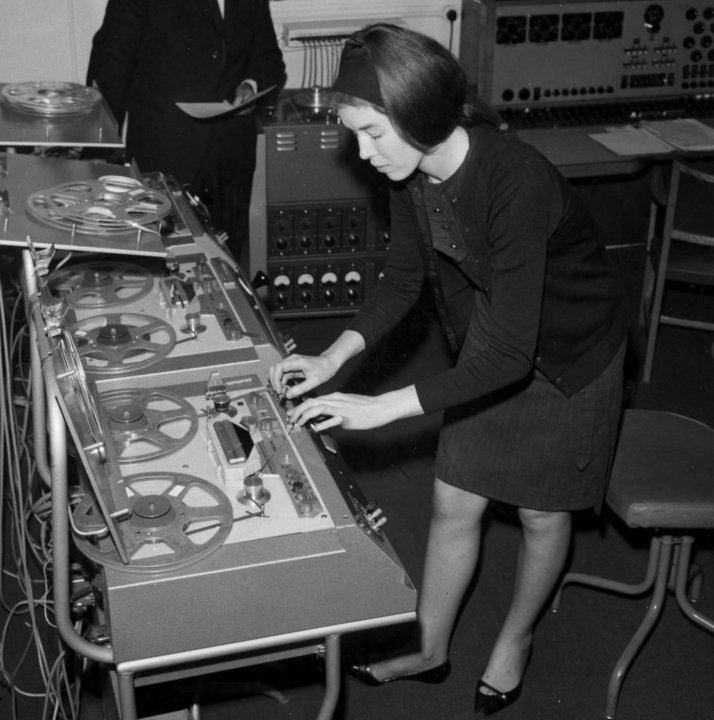
Follow the footsteps of the originals. Do like Delia Derbyshire, Pierre Henry, and Pierre Schaeffer. Slow it down. Speed it up. Play it backward. Play four together and make a chord. Change the volume envelope. Filter it. Ring modulate it. Bounce it to tape. Loop it. Play it through an amp and mic it. Whatever. Make it your own.
For example, there are some Brazilian samples in the bridge of “Braineater Returns” that have been reversed and chopped and pitched.

